- Home
- Machining techniques
- CNC Machining Services
- Cooperative supply services
- Designs
- Materials
- Finishing Services
- Shop
- Products
- Guide
- About Us
- Contact Us
2022.9.21
Bolt is a common type of fastener with external threads, long-term use of bolts may occur loose connection, which will influence the efficiency of equipment and even safety accidents. How to stop bolts and nuts from loosening? Here we’ll present 8 thread (fastener) locking methods.
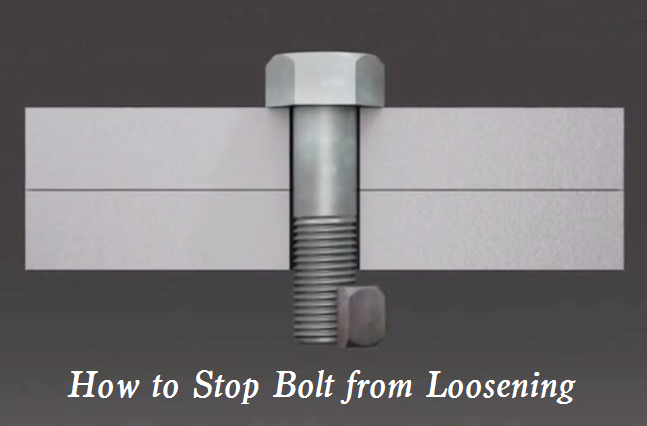
A loose bolt generally refers to it doesn’t have proper torque, threads, loses preload, or is fractured. The thread locking can be divided into three types: friction, mechanical and adhesive based on the principle. For example, double nuts, self-locking nuts, and spring water are friction locking methods.
1. Double nut
Two friction surfaces are generated during double nut locking. The first friction surface is between the nut and the fastener, and the second friction surface is between the nut and the nut. During installation, the preload of the first friction surface is 80% of the second friction surface. Under the impact and vibration loads, the friction force on the first friction surface will decrease and disappear, but at the same time, the first nut will be compressed to further increase the friction force on the second friction surface. The nut loosening must overcome the first friction and the second friction because the second friction will increase while the first friction decreases. In this way, the locking effect will be better.
2. Spring washer
The locking principle of the spring washer is that after the spring washer is pressed flat, the spring washer will produce a continuous elastic force, which will keep a friction force between the nut and the threaded connection pair of the bolt, generate a torque to prevent the nut from loosening. At the same time, the sharp corner at the opening of the spring washer is embedded into the surface of the bolt and the connected piece respectively, so as to prevent the bolt from rotating relative to the connected piece.
3. Self-locking nut
The self-locking nut generally depends on friction, and its principle is to press the embossed tooth into the preset hole of the sheet metal. Generally, the hole diameter of the square preset hole is slightly smaller than that of the rivet nut. The nut is connected with the locking mechanism. When the nut is tightened, the locking mechanism locks the bolt thread.
4. Thread locking compound
Thread locking adhesive is composed of (meth) acrylate, initiator, promoter, stabilizer (polymerization inhibitor), dye, and filler in a certain proportion.
For through-hole: put the bolt through the screw hole, apply thread locking compound to the thread of the engagement part, assemble the nut and tighten it to the specified torque.
If the depth of the screw hole is greater than the length of the bolt, apply the locking compound to the thread of the bolt, assemble and tighten it to the specified torque.
For blind holes: drop the locking glue to the bottom of the blind hole, then apply the locking glue to the thread of the bolt, assemble and tighten it to the specified torque; If the opening of the blind hole is downward, just apply the locking glue on the thread of the bolt, and no glue is needed in the blind hole.
For stud bolts: drop the locking glue into the screw hole, then apply the locking glue on the bolt, assemble and tighten the stud to the specified torque; After assembling other parts, apply the locking glue to the engagement part of the stud and nut, assemble the nut and tighten it to the specified torque; If the blind hole opening is downward, there is no need to drop glue in the hole.
For pre-assembled threaded fasteners: after assembly and tightening to the specified torque, drop the locking glue into the thread engagement to allow the glue to penetrate by itself.
5. Cotter pin, slotted nut
After the nut is tightened, insert the cotter pin into the nut slot and the bolt tail hole, and pull the cotter pin tail away to prevent the relative rotation of the nut and bolt. Slotted nuts are used together with threaded rod bolts with holes and cotter pins to prevent the bolts from rotating relative to the nuts.
6. Safety wire
The safety wire locking is to put the steel wire into the hole of the bolt head and connect the bolts in series to play a role of mutual restraint. This method is very reliable, but it is trouble to disassemble. This locking method is often used in aircraft and rockets.
7. Stop gasket
After the nut is tightened, bend and stick the single ear or double ear lock washer to the side of the nut and the connector respectively to lock the nut. If two bolts need to be double interlocked, double brake washers can be used to make two nuts brakes each other.
8. Pretightening
In general, a high-strength bolt connection does not require additional locking measures, because high-strength bolts generally require a relatively large pre-tightening force. Such a large pre-tightening force will generate a strong pressure between the nut and the connected part, which will generate friction torque to prevent the nut from rotating, so the nut will not loosen.
 What is Jam Nut & Jam Nut vs Lock Nut vs Hex Nut
What is Jam Nut & Jam Nut vs Lock Nut vs Hex Nut
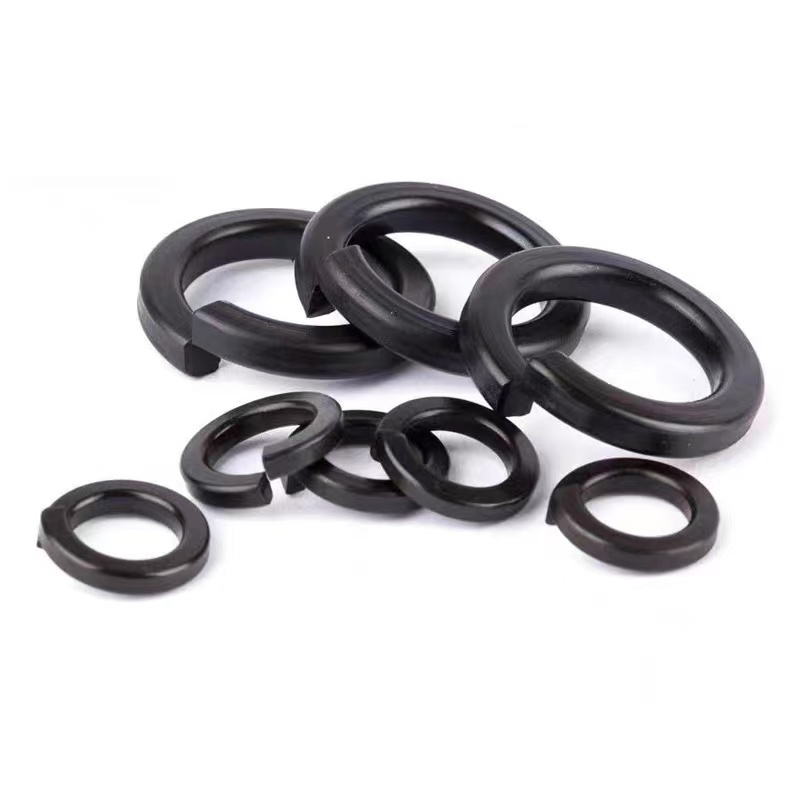 Split Lock Washer vs Nylon Lock Nut: Which is Better To Use?
Split Lock Washer vs Nylon Lock Nut: Which is Better To Use?
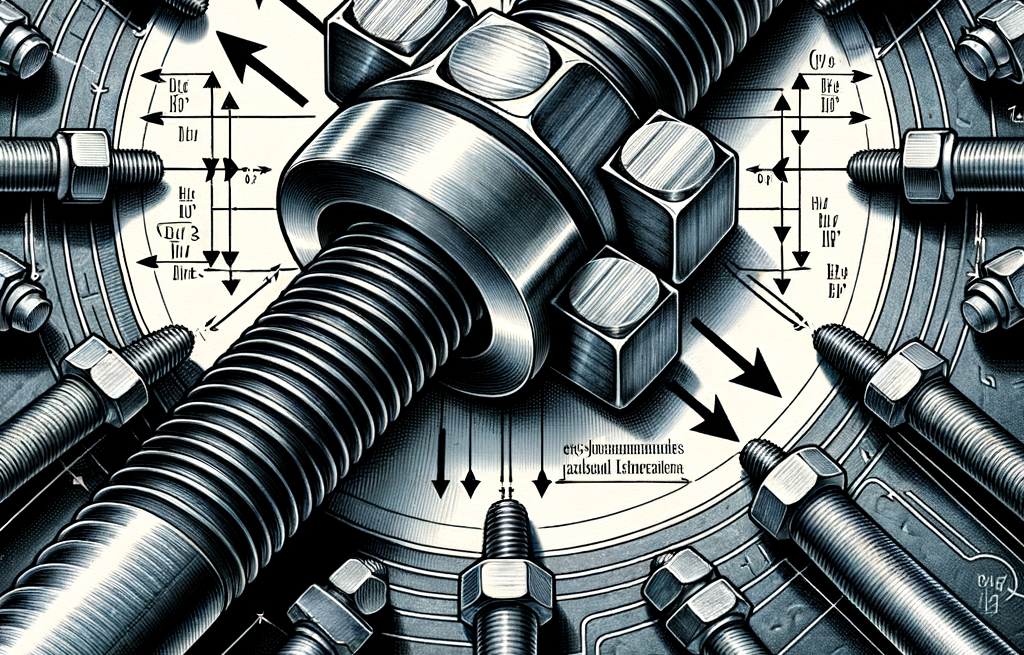 What is Axial Force – Axial Force Definition, Diagram, Formula (Equation) & How To Calculate?
What is Axial Force – Axial Force Definition, Diagram, Formula (Equation) & How To Calculate?
 ASME Flange Bolt Torque Chart (Calculation Formula & Sequence Pattern)
ASME Flange Bolt Torque Chart (Calculation Formula & Sequence Pattern)
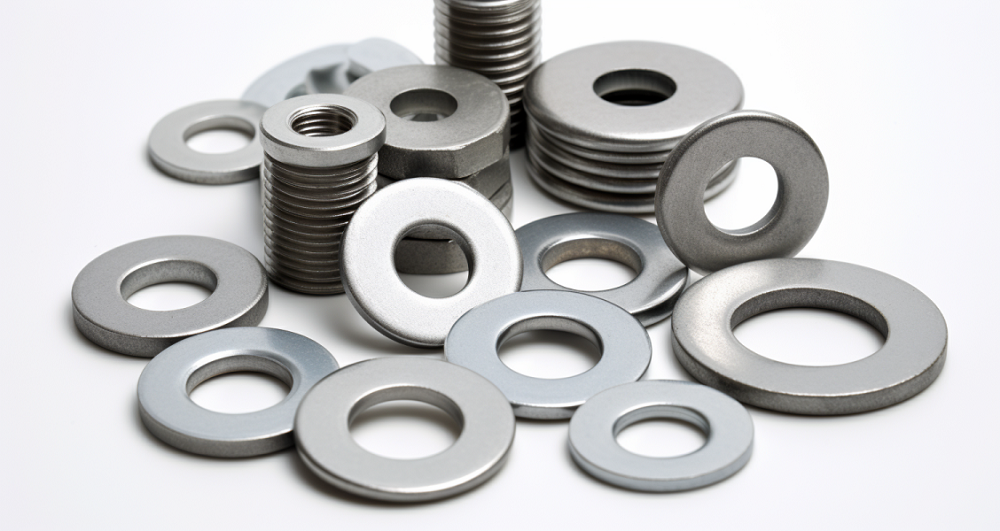 Flat Washer Size Charts (Dimensions), Types, Materials, Use, Weight Calculation
Flat Washer Size Charts (Dimensions), Types, Materials, Use, Weight Calculation
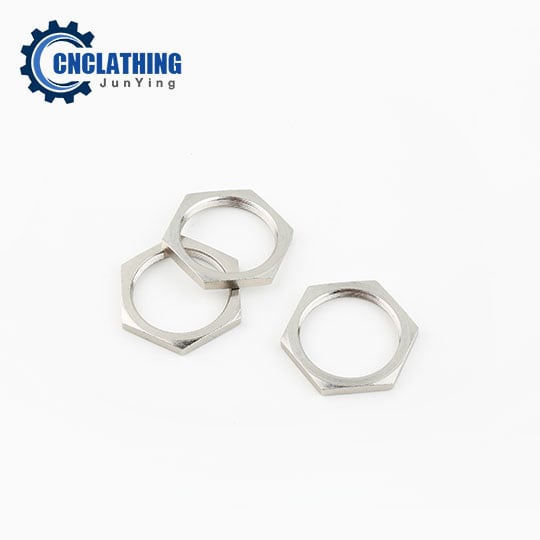 Different Types of Lock Nuts | How Do Lock Nuts Work | CNCLATHING
Different Types of Lock Nuts | How Do Lock Nuts Work | CNCLATHING
